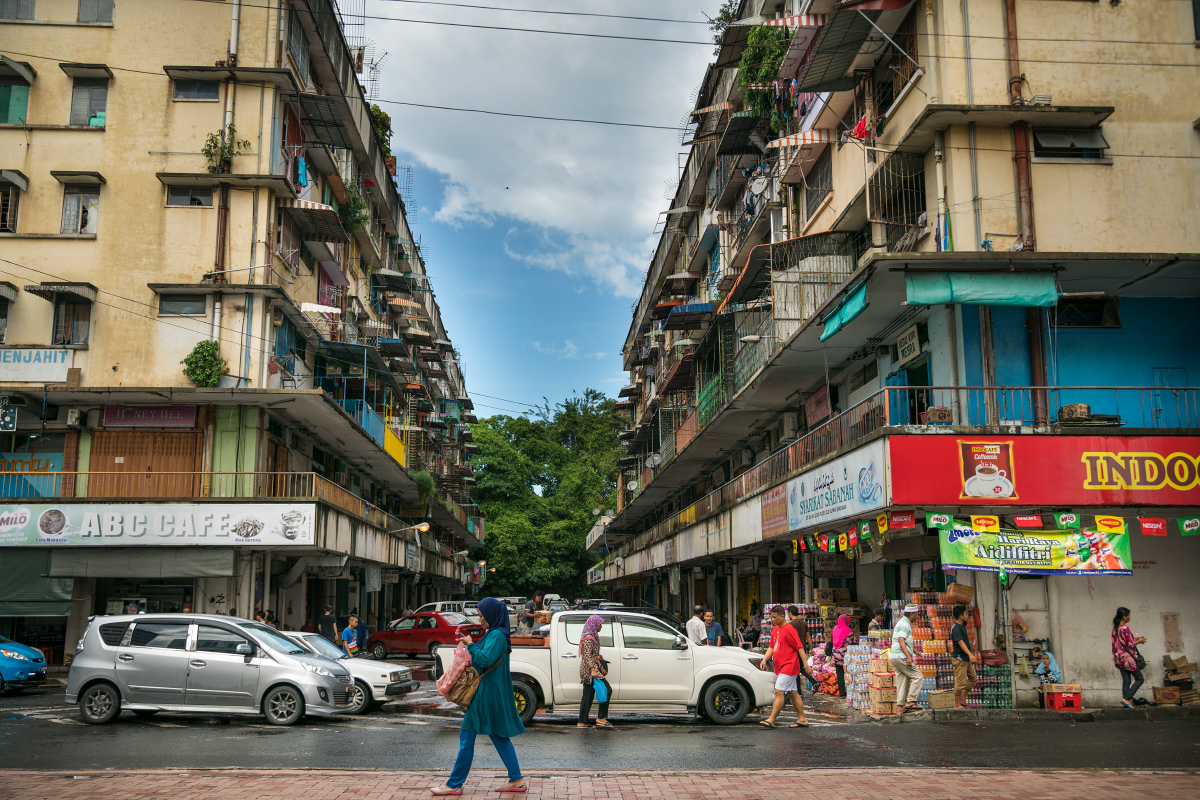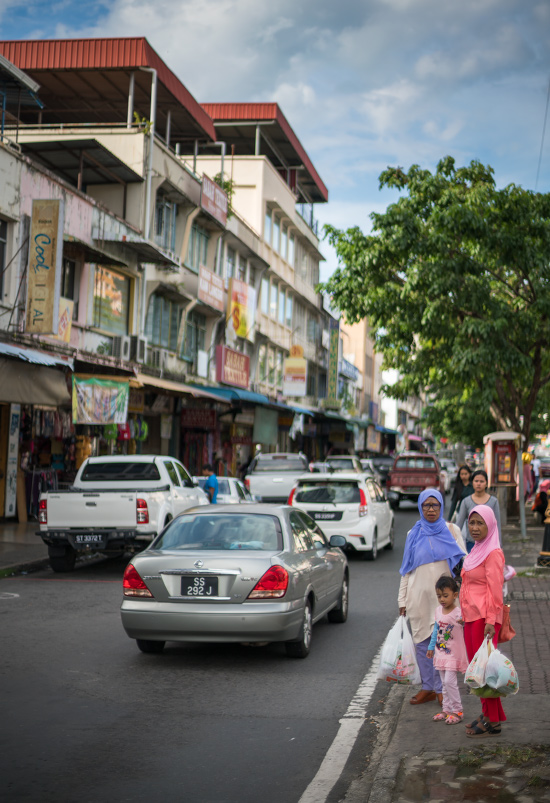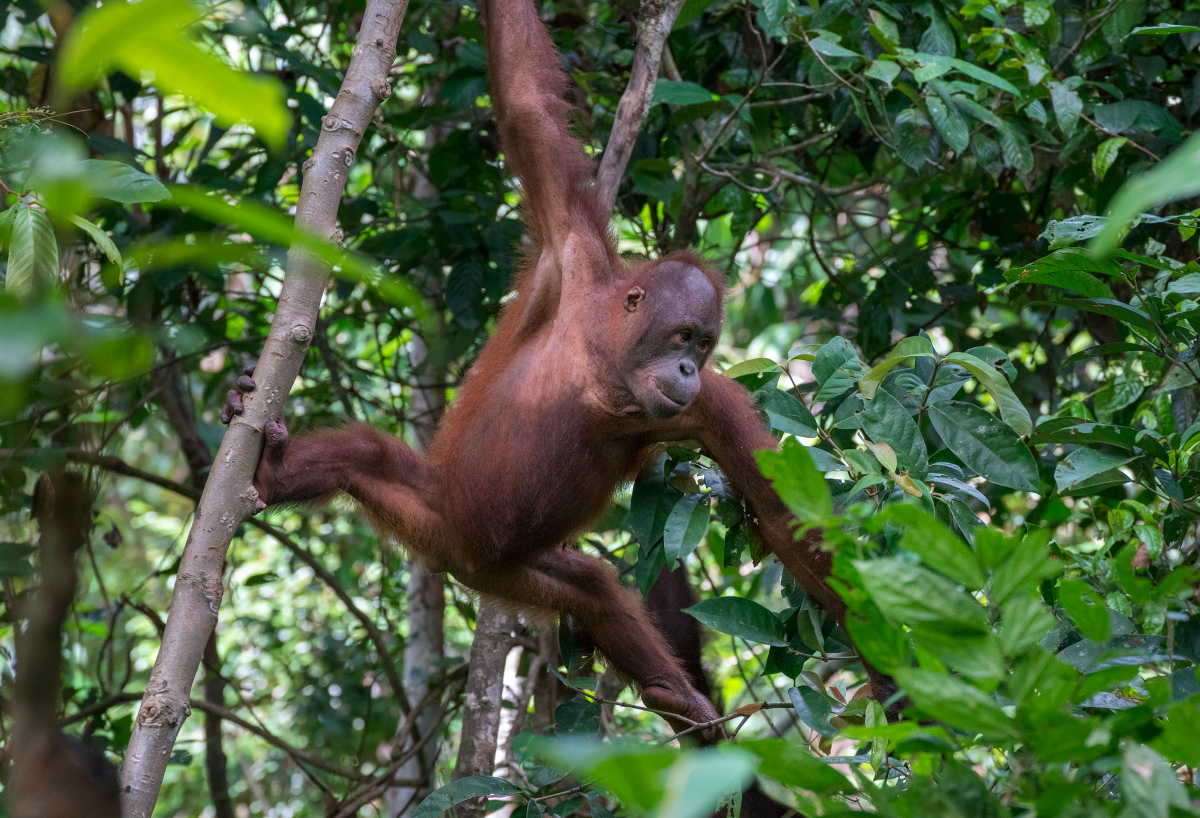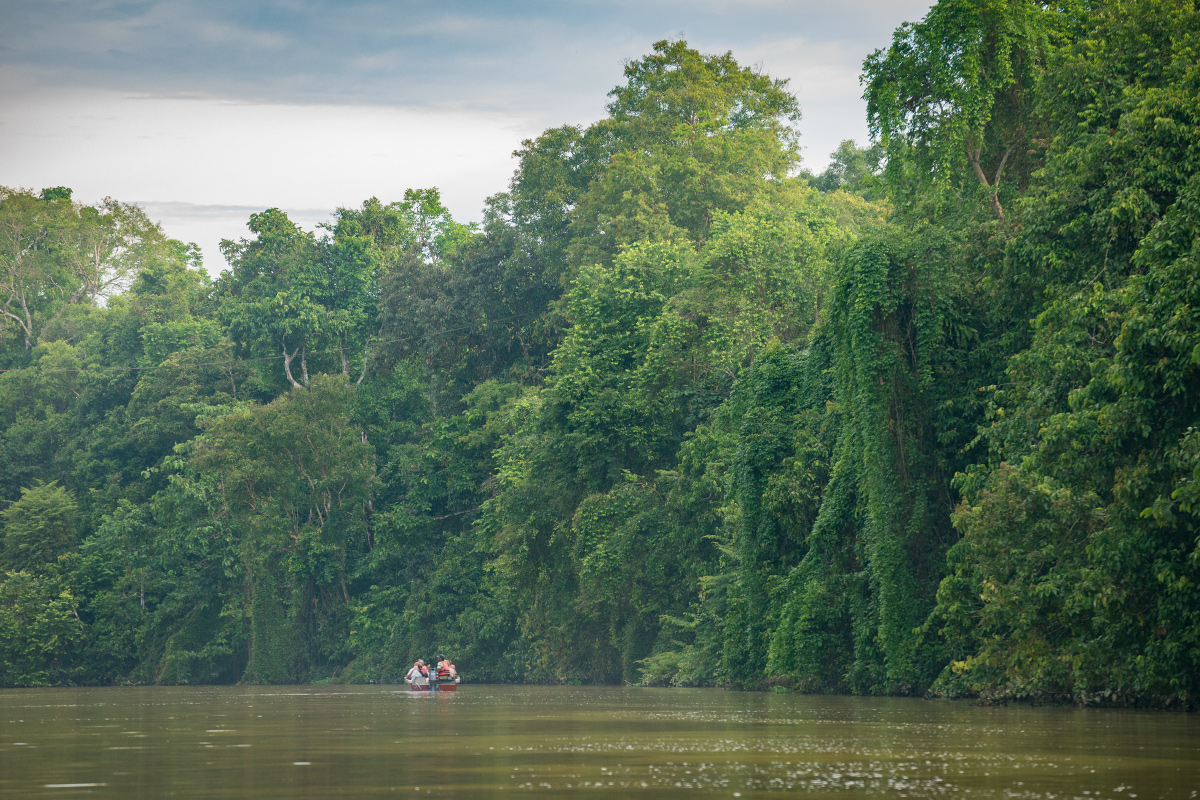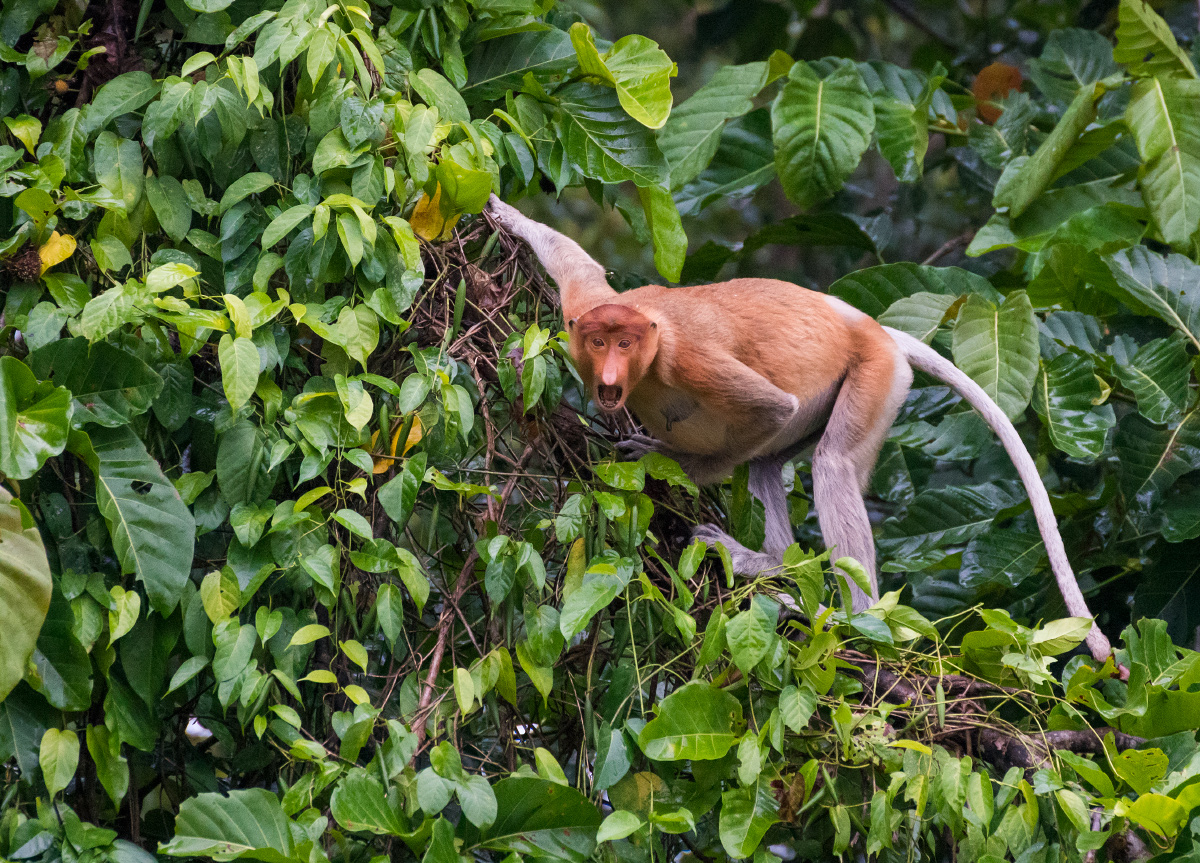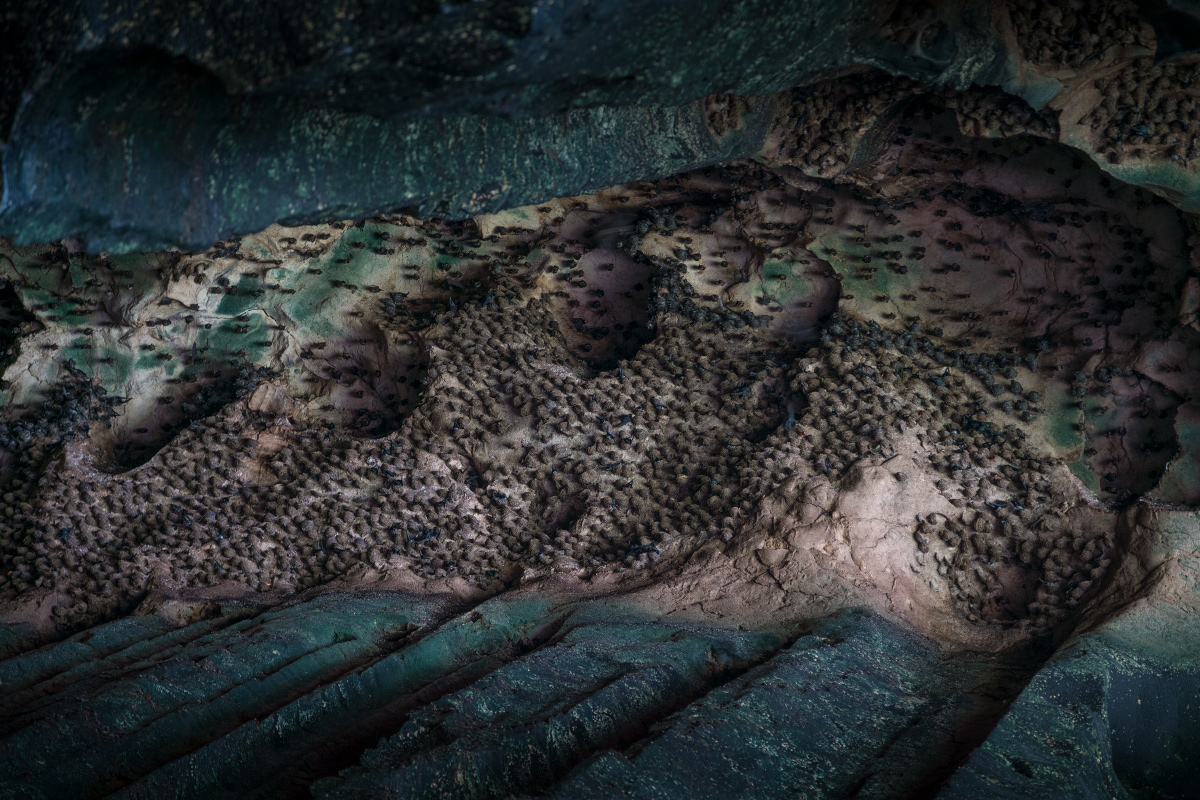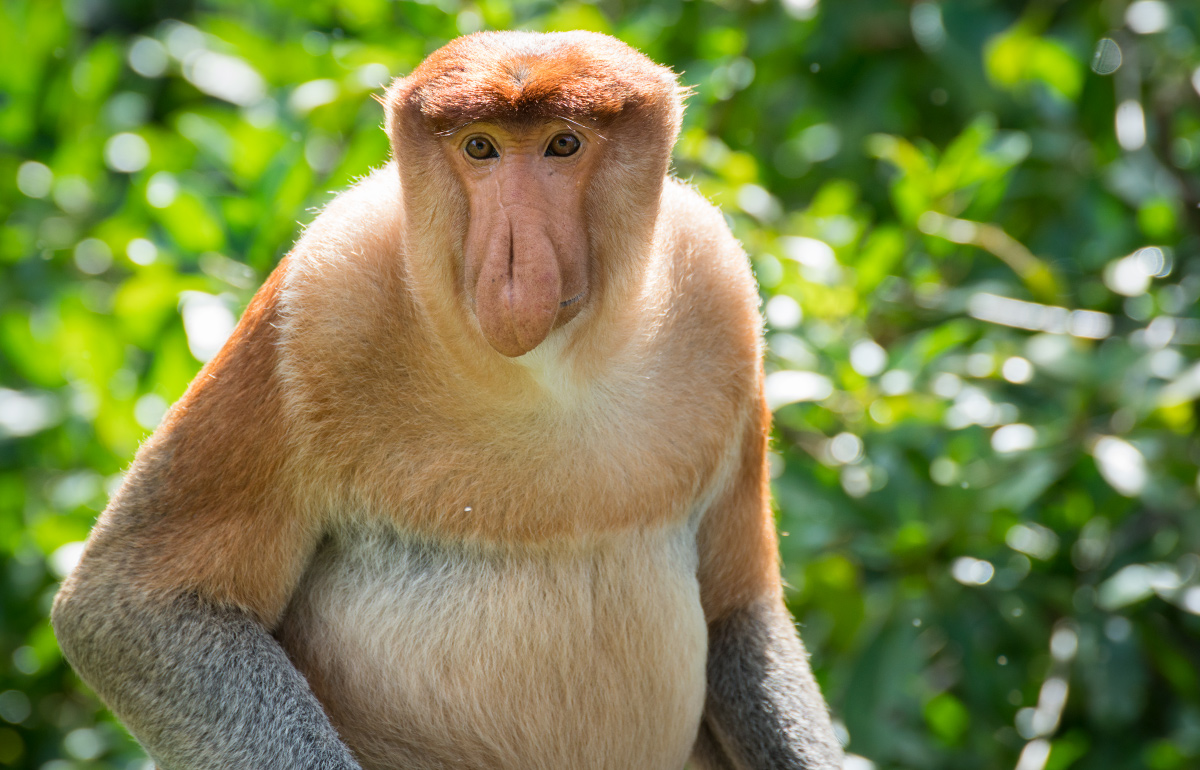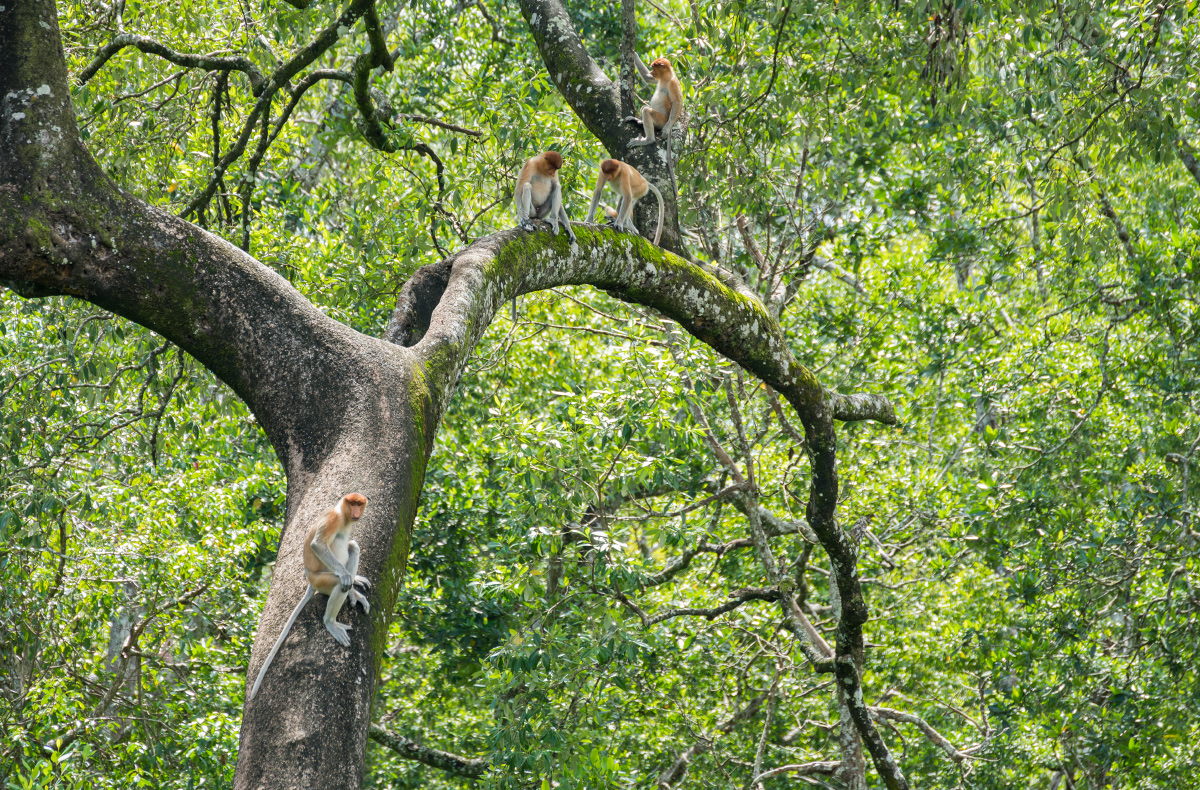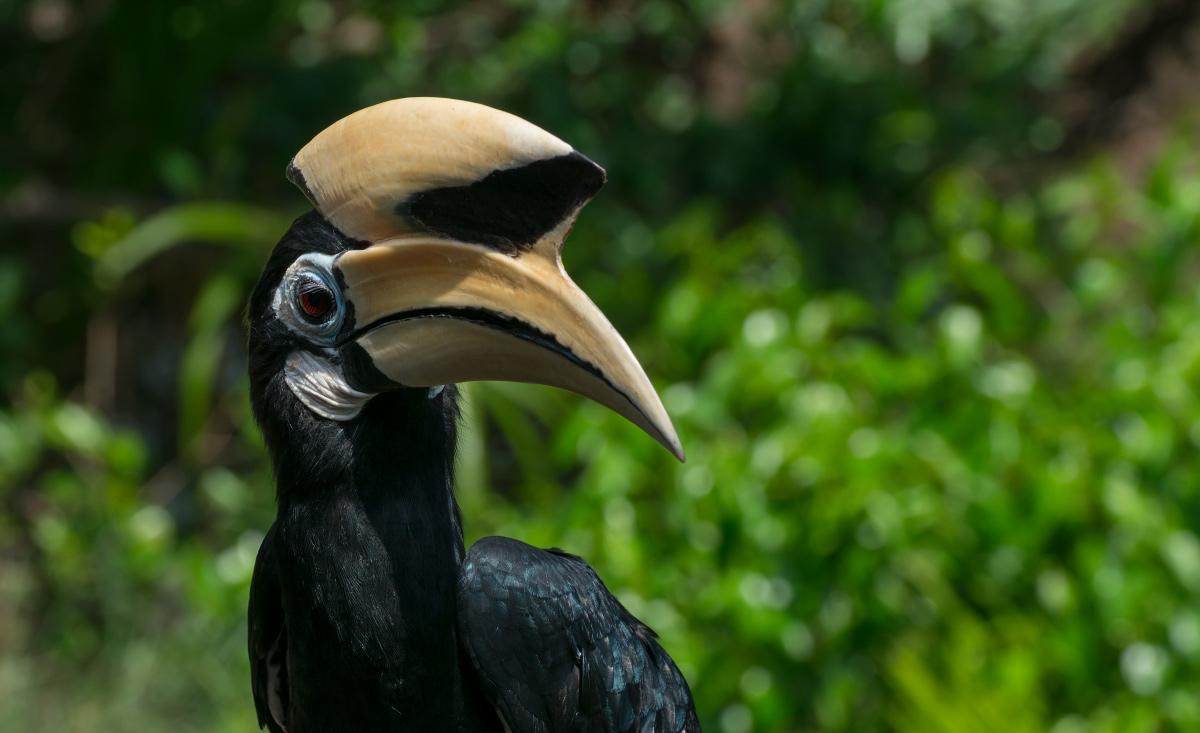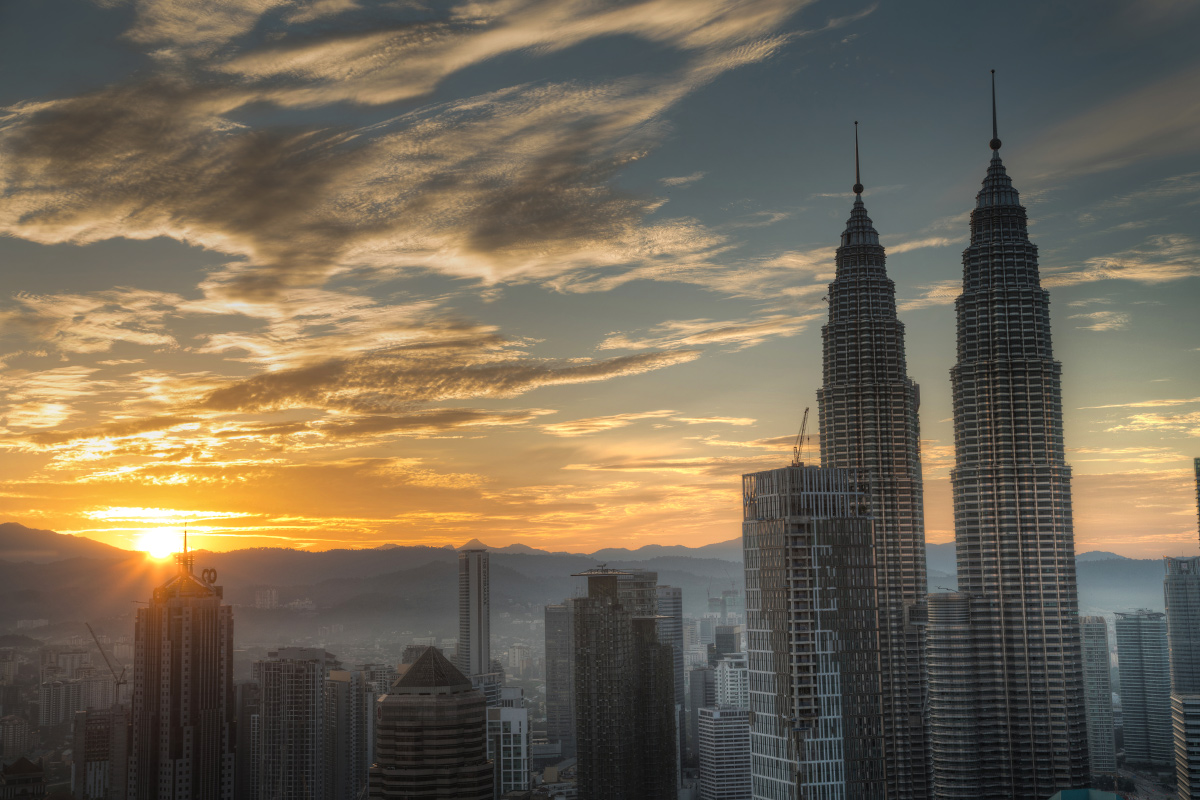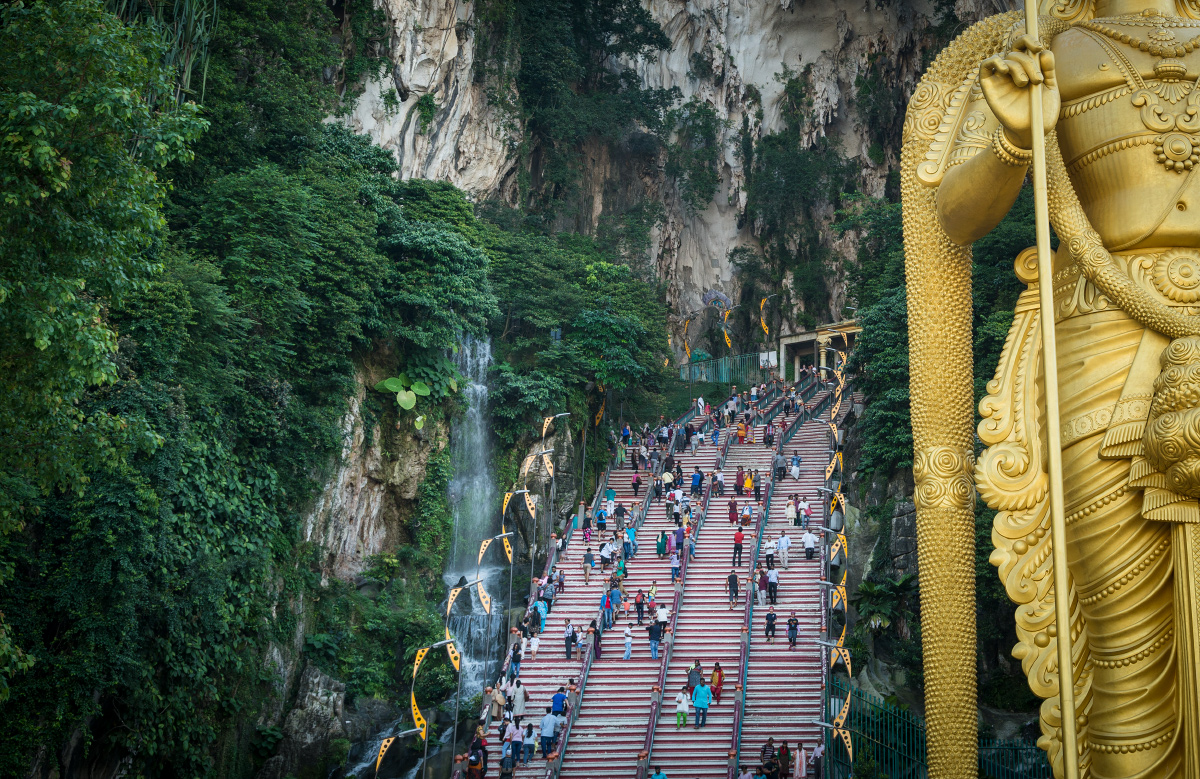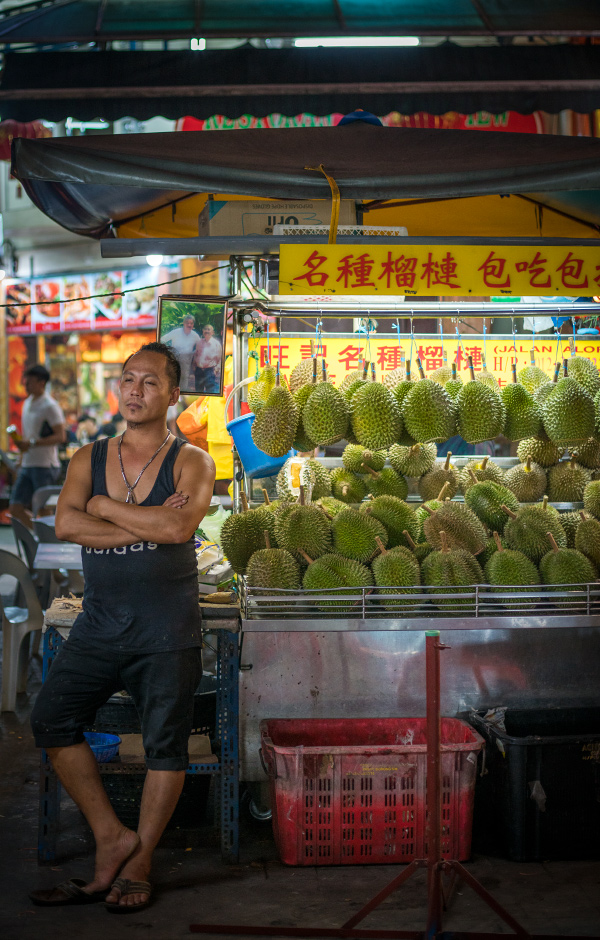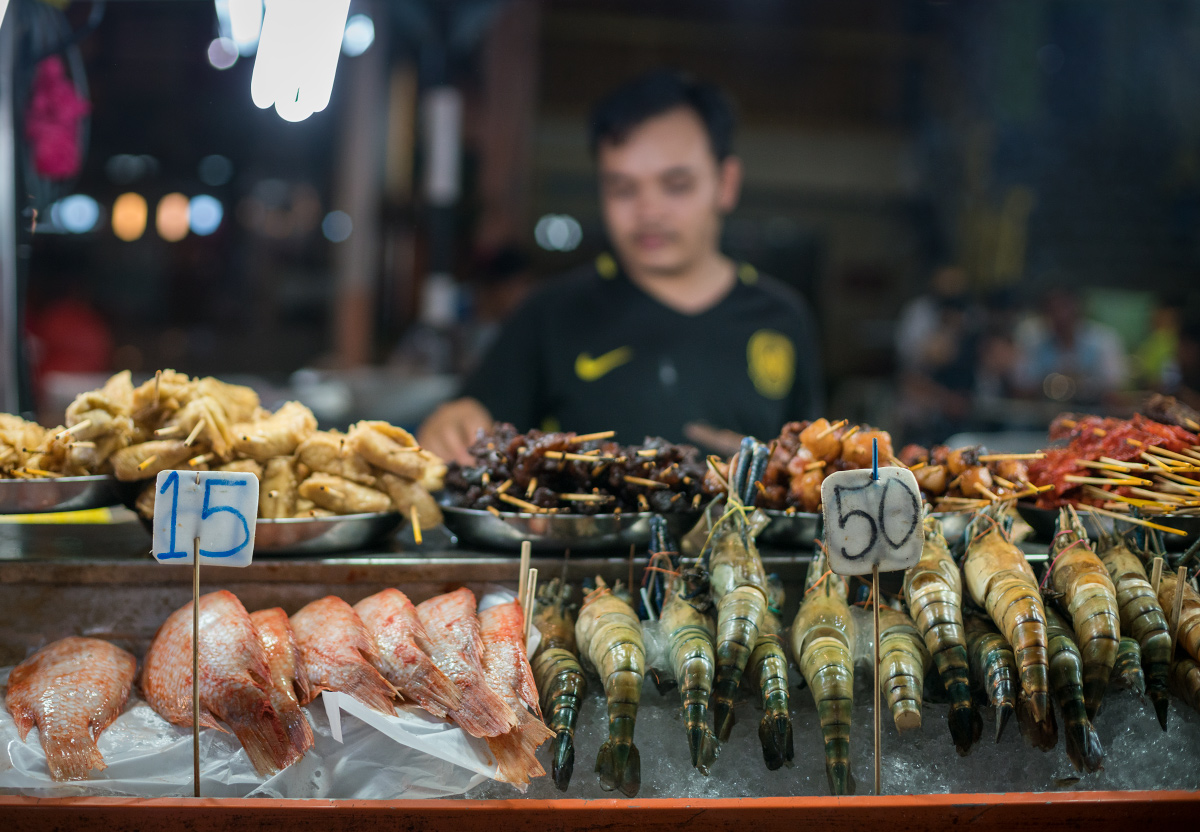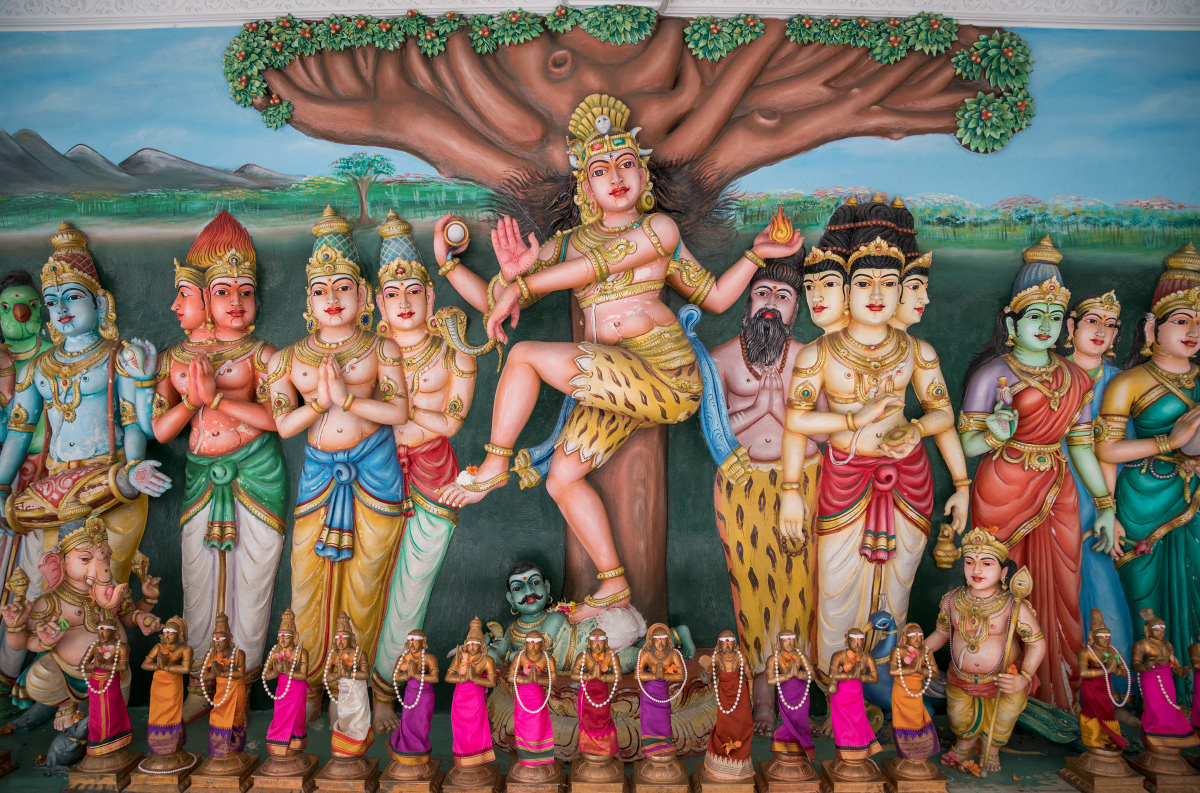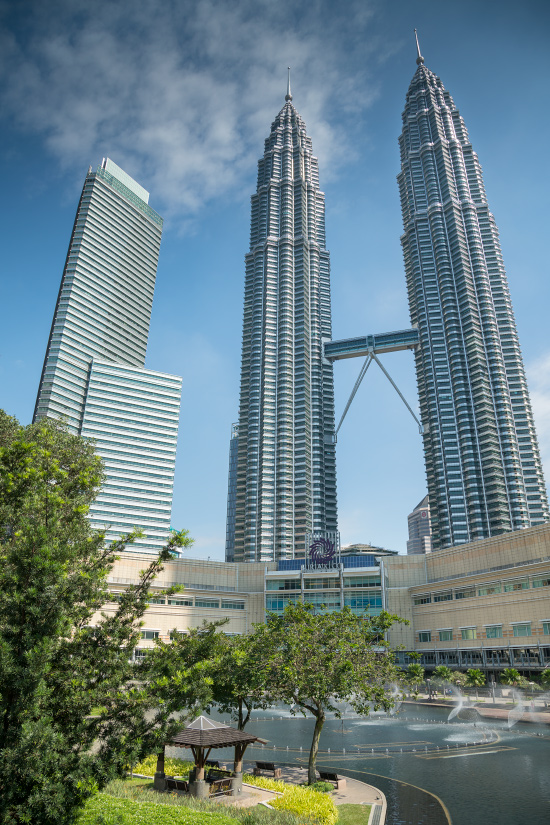Frontiers: Sandakan, Borneo
When travelling, it’s sometimes the most unassuming places that manage to leave lasting memories. On first impression, Sandakan is unremarkable, with it’s drab concrete buildings, damp weather, and lack of noteworthy landmarks. So why Sandakan, and whats so special about it in the first place?
First and foremost, this is a town on the frontier of wild Borneo. In Sandakan, the jungle seems to be encroaching into the city streets from the hills. When it rains, as it does nearly every day, it’s torrential, and you’ll want to seek shelter. Though not cosmopolitan, Sandakan does buzz during the daylight hours, with its friendly fish markets, fruit stands, and curry kitchens. There is old industry here, in fishing and hardwood, and new industry, with palm oil and the occasional tourist – really a lot going on for a small city. While typically Southeast Asia in many ways, there’s a bit more of a sense of being on frontier, or at a dividing line between the new world, and an older, wild one. This is a welcoming and foreign place, unassuming, and rough around the edges. Click the link for more.
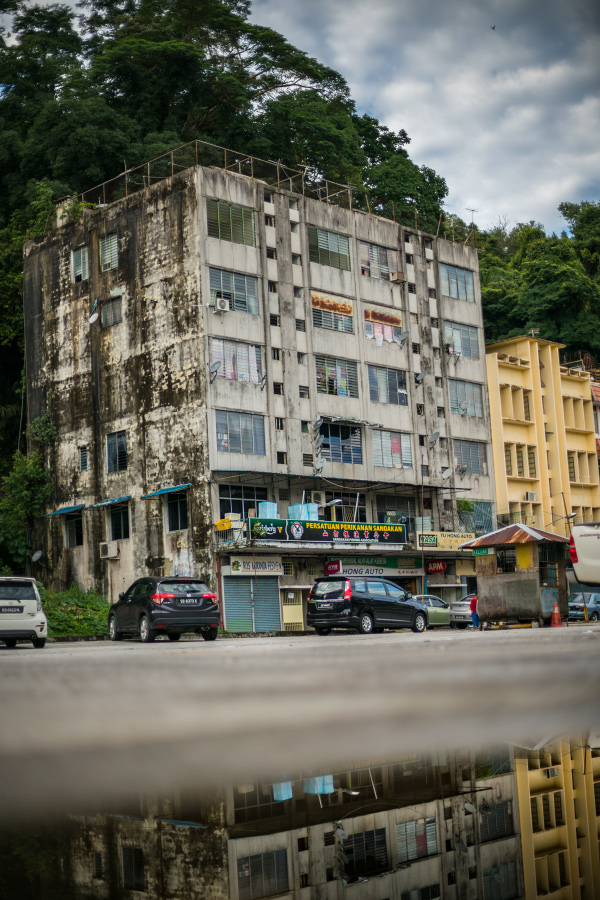
.
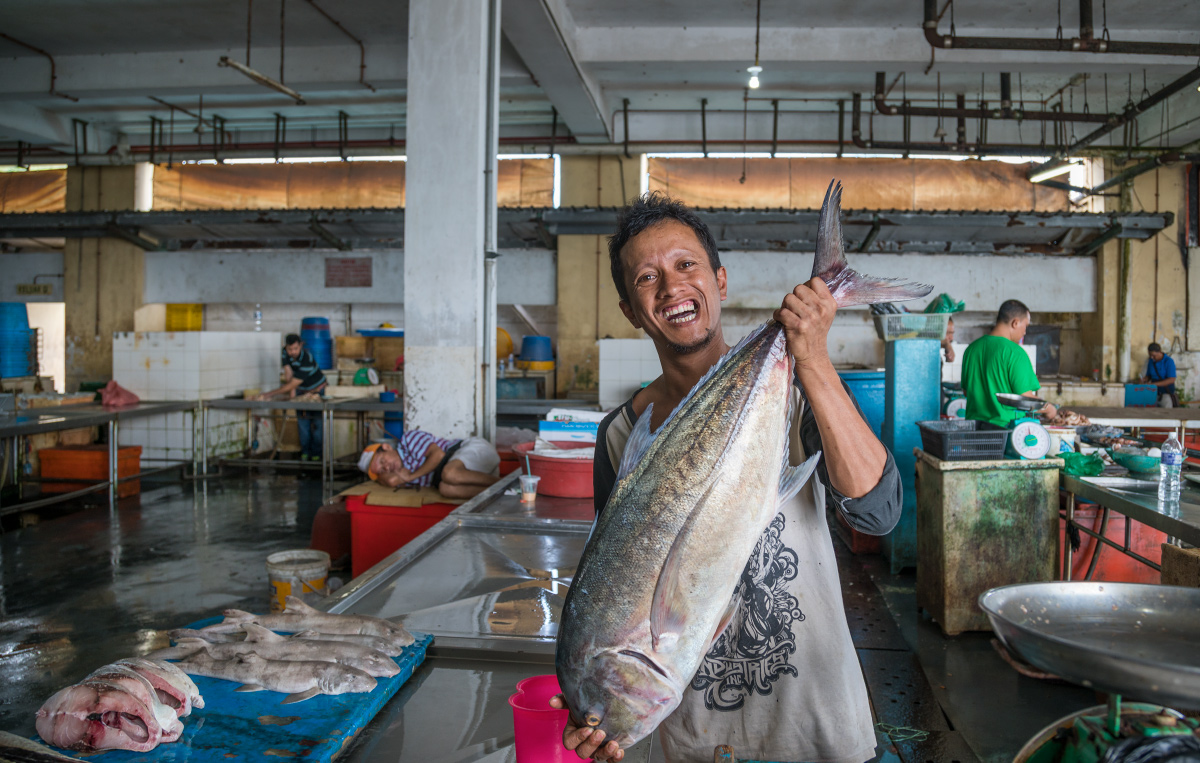
.
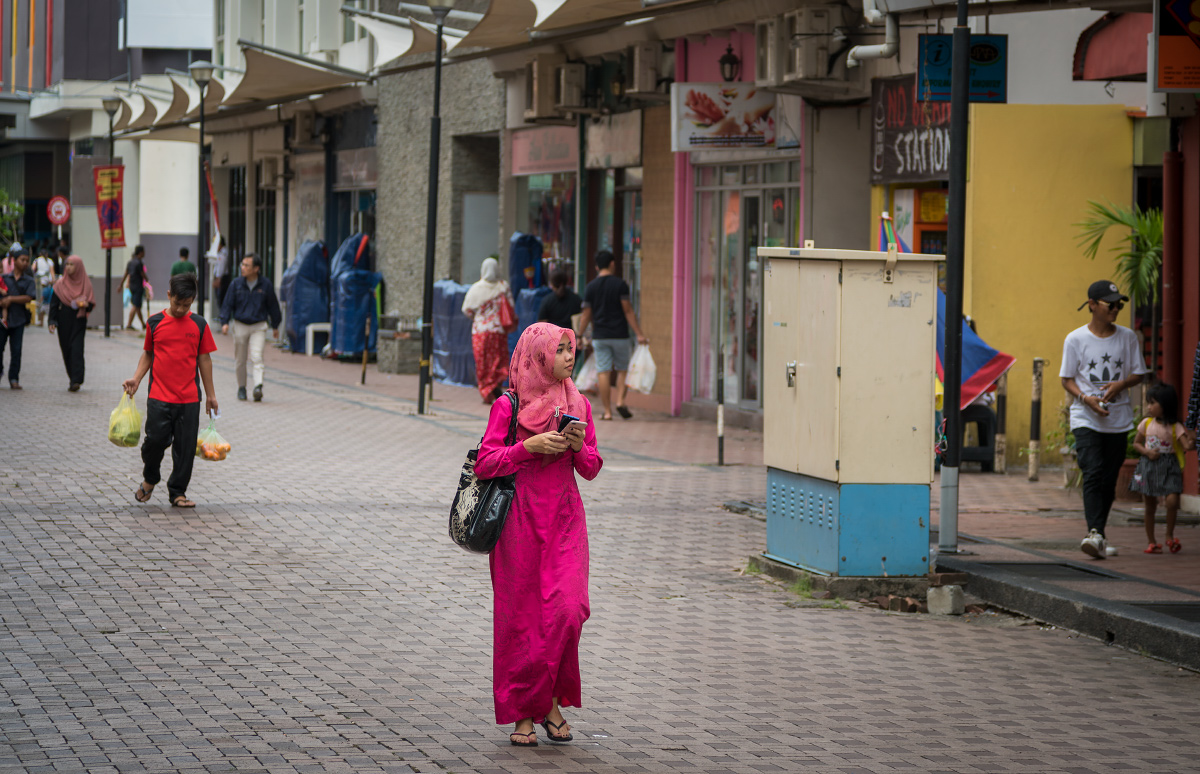
Borneo: The Lost World
There are jungles in Borneo, that are so isolated from civilization, so rich in rare wildlife, so full of untouched forests, that it feels like a separate world, locked in a pre-humanity sphere separate from our own. These rainforests have thrived for millions of years, with many bizarre and exotic species found only here.
We only managed to scratch the surface of Borneo, a huge island with many opportunities for exploration. This gallery primarily looks at the wildlife in and around the Kinabatangan river and the surrounding jungle, and area teeming with wildlife, but also an area that has seen deforestation over recent decades in the form of palm oil plantations. Luckily there are protected areas and conservation efforts, and the further you get away from the coastal cities the more you are rewarded with this spectacular lost world.
See some previews below, and the full gallery by clicking here.
KL is warm in many ways.
Kuala Lumpur sits in near the middle of Peninsular Malaysia, just about at the equator. It’s one of Asia’s few truly multicultural cities, with Indians, Chinese, and local Malay (Bumiputera) people all laying the historical foundations of what is today Malaysia’s capital city. KL has experienced a sort of economical and societal breakthrough in recent decades, with the efficient monorails, the two new airports and the iconic skyscrapers serving only as physical evidence.
KL is often compared with Bangkok, its sister capital city some thousand miles to the north. And while Bangkok is bigger, and certainly more historic, it could be argued that Kuala Lumpur is the friendlier, more sensible city. With almost 8 million people in the Klang Valley around KL, it’s certainly not small either, but there is a near universal warmth in the people of this diverse city. It can still be chaotic, but we found there’s almost a homeliness about KL that is rare to find so far from home.
Like many cities in Asia, some of the best parts of town are the bustling markets where locals and tourists alike congregate to shop, eat, and gather at almost any hour – day or night. Hawkers and street-side restaurants call out that they have the best chili pan mee noodles, or the freshest seafood, or the cheapest designer purses, top quality! But these are also the markets where locals by wholesale goods, and congregate after work hours. These markets are the fabric that makes up the city of KL, with icons like the Petronas Twin towers, providing lovely inflections.
Kuala Lumpur is a city of great and varied food, and great and varied humans. Humid mornings and humid afternoons. It’s a city where you can still find a tiny bit of that rainforest that stood there before the city ever was. This is KL, and it is warm in many ways.
Follow the link here, and stay tuned for more Malaysia and Indonesia!

